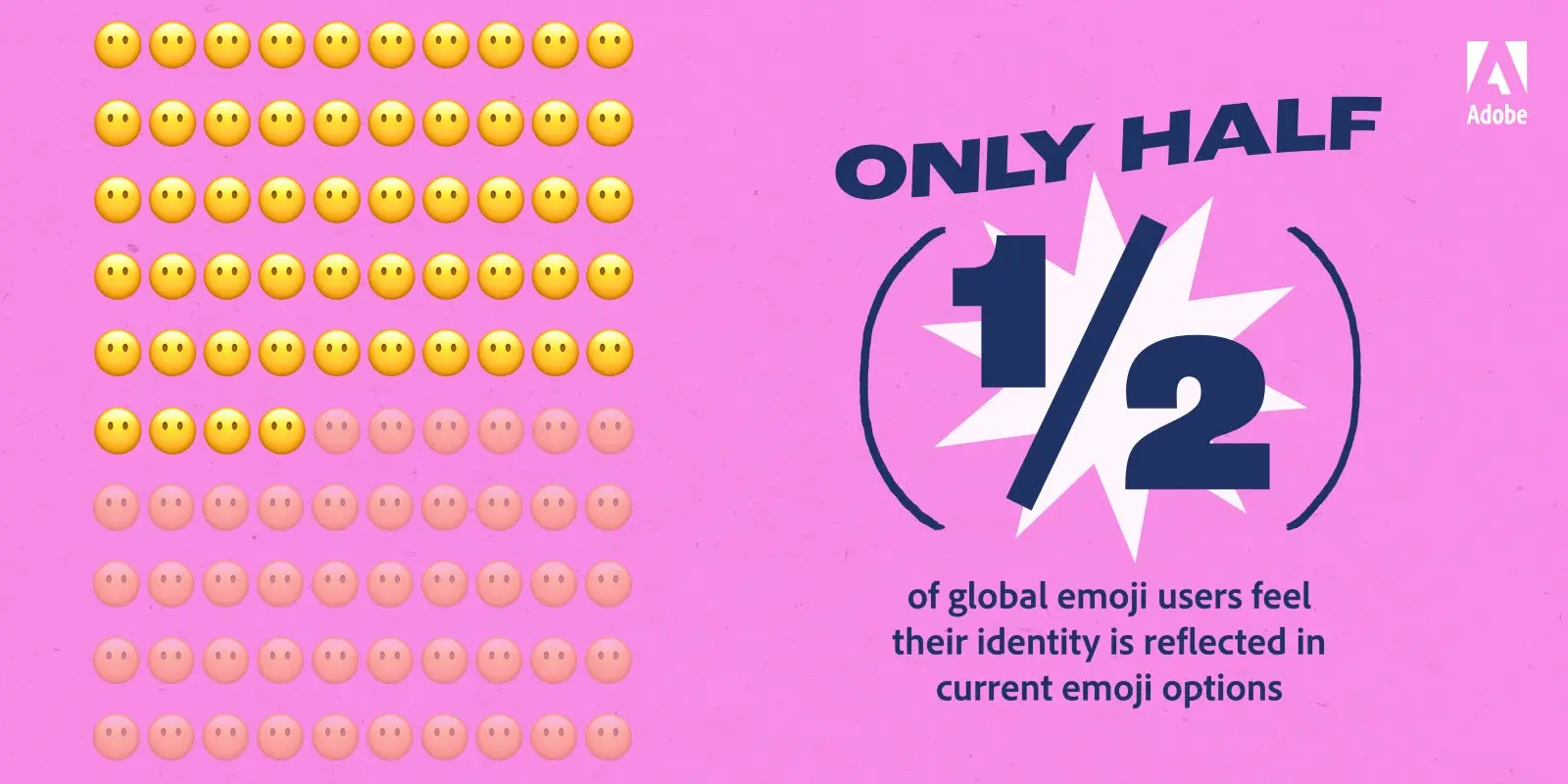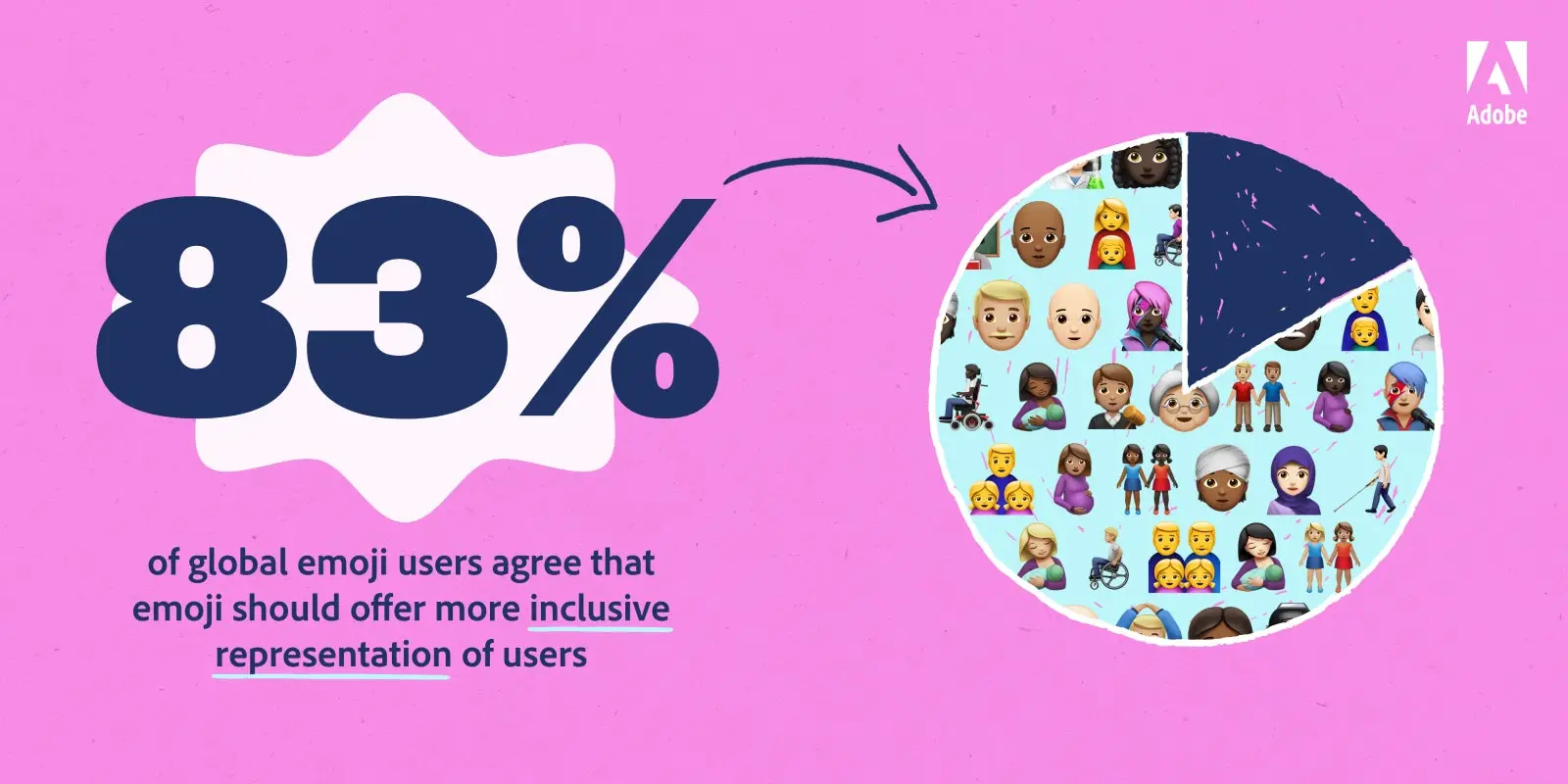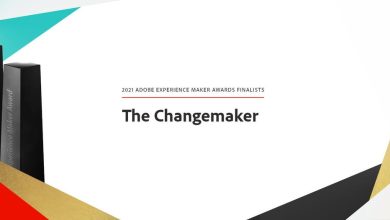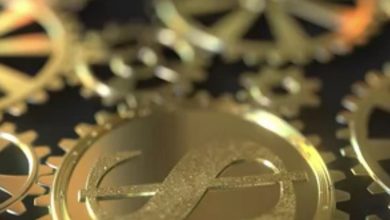What will it take to create a more inclusive future for emoji?

In a global study of 7,000 emoji users, 83% say a more inclusive representation of users is needed. How do we get there?
Over the past decade, emoji have become an increasingly integral part of digital communication for many of us. 📈 These typographic splashes of colour are many things at once: a visual communication system, a fun and friendly way to express ourselves, and at times the crossroads of cultures and the struggle for equity and inclusivity — and I believe they have the power to create a more empathetic and compassionate world. As a typeface designer and emoji enthusiast, I have made championing under-represented voices the heart of my work. 🗣 As part of this endeavour, I joined the Unicode consortium’s emoji subcommittee (ESC) as a delegate for Adobe just over five years ago. At that time, I had no idea this would be the first step in the very rewarding process advocating for greater gender representation in emoji — a journey that culminated with a major milestone — the roll-out of gender-inclusive representations for all humanised emoji on operating systems last year.
As the well-worn adage states, “the medium is the message”. The media we use to express ourselves helps us share our personal narrative — advocating for our values and informing others’ perception of us — all towards the goal of creating more empathy and compassion for our personal causes. In the interest of better communication, Adobe has commissioned a global study assessing emoji users’ perceptions of the capacity of the emoji system to accurately represent their physical selves, their cultural identities and their personal concerns, as well as how they would like to see the emoji system evolve to address these issues in the future. It is for these reasons that we maintain an ongoing partnership with Emojination, which advocates for a more inclusive, representative emoji library and helps others create change, for the long haul.
Personally, I found the results of this year’s survey surprising, particularly with emoji users of all ages responding that greater options for representations are needed to help communicate important personal concerns such as localised cultural touchstones, gender / sexual identities, and the spectrum of users’ abilities. Read on to learn more about the survey findings and about how you can get involved to make emoji more representative of your world in the future.
Contents
An emoji is worth a thousand words 🖼 but only if you can find the right one ☝🏽
Emoji can help us express ourselves in ways words often cannot. We use them to approximate tone of voice and gesture: important aspects completely missing in many forms of digital communication. Emoji have evolved to help us fill in the emotional gaps when representing ourselves online. This is why it is so important to be able to see ourselves represented within the library — if we are not able to accurately express ourselves because we cannot find an emoji depiction that feels right to us, then we miss the opportunity to share meaningful aspects of our personhood with the people we are engaging.
In this year’s survey, we interviewed 7,000 frequent emoji users from seven countries: United States, United Kingdom, Germany, France, Japan, Australia, and South Korea. While there certainly are some regional differences, there are also many salient common trends — 83 percent of respondents say a more inclusive representation of users is needed in emoji. Here are some of the strongest findings.
Making emoji more representative of different cultures 🧕, ages 👴🏾, and ethnicities 🌍
For people in all seven of the countries profiled, culture was the number one category of emoji that respondents wanted to see more inclusion in, followed closely by age and race / ethnicity. This is especially the case for respondents that speak more than one language, and for 41 percent of Gen Z, who want to see culture better reflected in emoji options.
Only half of global emoji users feel their identity is adequately reflected in current emoji options. More representative emoji, inclusive of different cultures, age groups, and ethnicities, are key in helping emoji users better express themselves. This goes a lot deeper than personal identification — it helps people accurately express how they are feeling. If someone cannot see themself in the emoji library, they may hold back from using this communication tool altogether.
People with disabilities feel considerably left out ♿
Less than half, or 37 percent, of emoji users with a disability or impairment feel represented in the currently available emoji. Some respondents with a disability would like to see expanded emoji that show more “helping objects” — building on recent additions such as a wheelchair 👩🦼, cane 👨🏽🦯, or items like hearing aids 🦻.
At the same time, some respondents with disabilities felt reducing their disability to an object could diminish their ability to express themselves authentically. It’s clear to see that emoji needs to make inroads to help those with disabilities feel more enabled.
What’s in a hairstyle, anyway? 💇🏾 A lot, it turns out
Customisation of emoji for aspects such as skin colour has, without a doubt, made the medium more inclusive. This has been an incredibly successful development, but the appetite is there for more personalisation. Hairstyle or hair colour, accessories, body type, and eye colour are the top customisation options emoji users say would better reflect their personal appearance.
Over half of global emoji users customise their emoji and wish they had more emoji customisation options to better reflect their personal identities.
Additionally, nearly seven in ten global users that identify as members of the LGBTQI2+ community are likely to customise their Emoji, with 72 percent wishing they had more options. In the U.S. and UK, 85 percent of Black emoji users, 72 percent of Asian emoji users, and 78 percent of Latinx emoji users said they were likely to customise their Emoji.
The majority of global emoji users (78 percent) feel that more emoji customisation options can address gaps in inclusion.
A more inclusive library of emoji 👪 could lead to a more inclusive world 🕊️
Despite the challenges that remain in making emoji more inclusive, most people, especially in younger generations, believe emoji have the power to create positive change in the world around us. 77 percent of Gen Z and 75 percent of Millennials said that inclusive emoji can spark positive conversations about societal issues. In the U.S and UK, Black (85 percent), Asian (85 percent), and Latinx (77 percent) emoji users believe emoji contribute to important discussions around these issues.
Other groups, worldwide, show the same level, if not more, optimism for the power of emoji. LGBTQI2+ users (63 percent), Emoji users with a disability (61 percent), and multilingual Emoji users (61 percent) said they all feel confident that emoji can become even more progressive in the next five years. 76 percent of respondents agree that emoji are an important communication tool for creating unity, respect and understanding of one another.
Global emoji users are most excited about new emoji that are gender and culturally inclusive — person feeding baby (#1), bubble tea (#2), person in tuxedo (#3).
The challenges facing emoji: size, detail and scale🔍
The results of the survey touch on many trends I have observed over the years in my experience with emoji. While working on getting gender-inclusive persons into the Unicode Standard, I realised that , as with any form of representation, emoji have their own set of limitations. Emoji are very small, and there is only so much detail you can fit into one picture character. As I researched that project, I was often asked how to create a truly gender-inclusive representation within the emoji format. In the end, I found that we tend to rely a lot on hairstyle as a salient feature of gender expression. So, I was not surprised to find that hairstyle and hair colour were such large parts of identity for respondents. When it comes to even smaller details, such as eye colour, we are talking about manipulating just a few pixels, and it is difficult to do this in a meaningful way.
Shaping a more inclusive future for emoji 🤲🏿
Do you have an idea you think would improve the emoji system? 🤔 If so, it all comes down to making your case and convincing the Unicode Consortium that a seemingly small change can have a really big impact. Fortunately, if you have an emoji you would like to see or a personalisation option you think should be implemented to make emoji more inclusive, there are allies and resources that can help. You do not have to go it alone. Emojination is an organization dedicated to helping folks craft strong proposals for new emoji that make our digital world a more representative place (for example, through supporting the work of Boba Tea Emoji and Dumpling Emoji of Emojination co-founder Yiying Lu), and Adobe is proud to support them.
Emojination is a five-year-old grassroots organisation — whose motto is ‘Emoji By The People, For The People’ — that helps emoji seekers navigate the complicated and arduous Unicode approval process.
“Adobe’s support has been critical to Emojination’s five-year push for more inclusive and representative emoji, as it allows us to provide support to the passionate individuals who are pushing to see themselves and their cultures represented, which has resulted in emoji for sari, hijab, boomerang, piñata, matryoshka doll, long drum, arepa and bubble tea,” Jennifer 8. Lee, a co-founder of Emojination, said as she reflected on her ongoing partnership with Adobe.
All of this comes down to the big challenge we have in front of us: How are we going to change our culture to be more inclusive and amplify the voices of those who have, traditionally, been underserved, underrepresented, and at times, ignored? How can we think about the people that have important stories to tell, that need to be heard, and enable them to share their points of view?
Technology will not do this on its own — it’s up to us to make this change. My hope is that emoji can help create more compassion in us all, and that is why I am glad to see a lot of optimism in our survey results. It may be my overly optimistic view of these little cartoon characters, but I am hopeful that by making our systems for interpersonal communication more inclusive, we will be able to see and understand each other better, empathise with each other more and create a more cooperative culture that values the strength that comes from valuing diverse experiences and voices.
Source : Adobe














